Robert Schrader’s path to success was not exactly linear, but he got there nonetheless.
After losing his job waiting tables, he headed to China, where he started his first blog, Leave Your Daily Hell. What started as a way for him to keep in touch with his family eventually turned into a real business.
He ended up returning to the US, winning a blogging contest, flying out to Thailand, and becoming an expert in Japan, which led him to create his second successful blog, Japan Starts Here.
He went on to create two more blogs and earns up to $10k per month from multiple income sources.
Robert never really chased notoriety or even success for the sake of it. He always just wanted to be free and to create a business that both facilitates—and celebrates—that freedom.
If you want to fill in all the missing parts of the fascinating story behind his business, don’t miss this interview!
Keep reading to find out:
- Why he went to China
- Why he returned to the US
- What led him to Thailand and what happened there
- How he grew his first blog
- Why he created his second site
- Where his income comes from
- His main marketing strategy
- His thoughts on SEO
- His approach to keyword research
- His content creation process
- His go-to resources and tools
- His main challenge
- His greatest accomplishments
- His biggest mistake
- His advice or other entrepreneurs
Meet Robert Schader
I became indoctrinated into travel somewhat unwittingly.
I’d already flown on a plane before my first birthday, which was rare in the mid-1980s, before I was born.
My father was a traveling steel salesman, and because of his job, I had lived in three US states (and in six houses) by the time I turned 18.
I learned early on that home was less a place, and more the ability to feel at ease in a given moment.
Of course, this was really nomadism more than travel, and certainly more than tourism.
Indeed, as I entered into adulthood, I became more intentional about the way I moved, first around the country (I took solo trips to San Francisco and New York the summer I turned 19) and then, the following year—this was 2005—with my maiden voyage to Europe.
I didn’t know precisely how I would make it happen—certainly not in the days before smartphones and widespread WiFi—but it was always clear to me that I would find a way to make my life on the road.
Why He Created His Site
Although I took a few more trips (two more to Europe, and one to India) in the late 2000s, it wasn’t until 2009 that a path toward a nomadic future presented itself. Oddly, this was a success born of failure.
During the Great Recession, I’d lost my lackluster restaurant job, which I’d ended up working after a string of post-graduation “professional” jobs failed to inspire, let alone enrich me.
Left without any other options, I ended up moving to Shanghai to teach English, as so many other liberal arts majors I knew had done.
I started my first blog, Leave Your Daily Hell, as something of an afterthought. I assumed it would never amount to anything more than a way for me to stay in touch with my family, given that China’s Great Firewall precluded the use of most social media.
The bad news was that teaching really wasn’t for me. I liked my students, but the office politics were brutal; many of the middle-aged people I taught with had intended to use the job as a stepping stone, and failed. They were clearly bitter, but I still had a chance.
And I did have a chance. Namely, the lack of English speakers in China allowed me to somewhat easily obtain various gigs in online content writing, which was an extremely new industry at the time.
It was lucrative, too, to the extent that I was making enough money after a few months that it was possible for me to leave Shanghai behind altogether.
The name I’d chosen for my blog now a prophecy, I chose to try and make something more interesting of it: A proper travel blog.
It took a long time for me to find a consistent narrative thread, let alone the requisite daily discipline to operate my blog.
Certainly, this was difficult as I backpacked for three months in the summer of 2010, going the “long way” back home to the US from China, first down to Southeast Asia, then over to the Middle East, and finally with a stop in Europe just as summer cooled into autumn.
Days after I touched down back on US soil, a chance opportunity—to participate in a “Medical Blog Contest” put on by the Tourism Authority of Thailand—inspired me to pursue the whole blogging thing more muscularly, even though my blog wasn’t about medicine.
It was kismet, I guess—some random person from Thailand contacted me and asked me to submit my blog; I did and I “won.”
Within a week, I had been flown to Thailand (my third trip there within a year) and was rubbing shoulders with some of the heaviest travel blogging hitters of the time, including Nelly of WildJunket.
While I initially created content (and networked, first with fellow contest participants, and then in Facebook groups as they began popping up) with the intention of being invited on sponsored trips, it occurred to me that my first order of business should be to cultivate an audience; I learned SEO and steadily began building my traffic.
It would take me about another year—so, until 2012—before I got enough traffic to start getting inquiries about sponsored posts; within a year after that, I came up with the concept of “Travel Coaching,” a service where I create custom travel itineraries for my readers.
While it was obviously quite limited in scope (and, frankly, in utility) as I built up my repertoire as a traveler in the early 2010s, it is now my main source of income. More on that in a second.
I learned of (and was invited to join) Mediavine in 2017; this was actually my first experience earning money from display ads, which I resisted for a long time because I feared I wouldn’t earn enough to justify their pollution of my blog.
I hated Mediavine at first, in fact, but as my traffic and earnings increased, I warmed to it. I felt even more amenable the following year, in 2018, when I sensed an opportunity in the pre-Olympic build-up of tourism to Japan, and launched Japan Starts Here.
Its traffic quickly grew; within six months I had a second site on Mediavine. Moreover, I was getting sponsored post inquiries there.
Slowly but surely, I was planning more trips to Japan than I was to all the countries (by this point, close to 100) on Leave Your Daily Hell combined.
If I’m honest, I created Thailand Starts Here and Taiwan Starts Here during the pandemic, with traffic for Leave Your Daily Hell and Japan Starts Here depressed by the general lack of searches for travel. And, more broadly, out of defiance.
A lot of travel bloggers got “real jobs” during Covid. They ran out of money, in many cases, and out of motivation in almost all—and I simply refused to surrender.
Post-pandemic, Leave Your Daily Hell and especially Japan Starts Here have rebounded; I now make more money (between Mediavine ads, sponsored posts, and travel coaching) than I did pre-Covid.
I’m still building up Thailand Starts Here and Taiwan Starts Here. Travel (and, thus, search traffic) to these countries has been slower to rebound; Mediavine has increased its thresholds significantly.
How Much He’s Earning
As was the case before Covid, my income is somewhat variable, but between Mediavine, sponsored content, and travel coaching, I earn somewhere between $5,000 and $10,000 per month from all my websites.
As a general rule, about 50% of it comes from travel coaching, with 25% each from Mediavine and sponsored posts, although this varies depending upon the month.
These days, I get around 200,000 hits per month between all four of my sites, though this has varied over the years.
In the mid-2010s, I had nearly this much traffic for Leave Your Daily Hell alone. Unfortunately, a series of devastating Google updates—and, frankly, much more competition for all manner of creators—has seen the baseline of Leave Your Daily Hell’s traffic consistently (and, it appears, permanently) decrease.
Interestingly, my country-specific sites have grown more reliably and sustainably, and have proven more or less impervious to Google updates.
When I’am “at home” in St. Louis, I work around 20-30 hours, usually during “normal business hours” so that I can maintain something of a normal social/family life.
When I’m on the road (30-50% of the time, though I’m trying to decrease that as the years pass), I’m typically out taking pictures and exploring from sunrise until sunset, and often long after.
Some people brag about a “four-hour workweek,” but this is a lifestyle—and a life—for me. It is a labor of love above all, the fact that I’ve been able to sustain myself doing it for almost 15 years notwithstanding.
Robert’s Main Marketing Strategy
For generating web traffic, it’s definitely SEO.
I hate social media and can’t be bothered to post more than occasionally, i.e. when I’m actively traveling.
For travel coaching and sponsored posts, it’s a combination of people finding me via search, and word-of-mouth.
Given that I offer a pretty unique service (and that I have a unique breadth and depth of knowledge, especially about Japan), I’ve earned a reputation that few other people, even among travel content creators, can ever really hope to achieve.
His Thoughts on SEO
SEO is absolutely essential to my business. Without organic search traffic, I would have no business.
My SEO strategy is simple: Writing articles that are at once informative and inspiring, that are relevant to key phrases but not captive to them.
I’ve found that by creating useful travel content—content I wish I’d been able to find while planning my own trips—I’ve been able to achieve sustainable financial success without having to get nearly as deep into the weeds as many of my colleagues.
Keyword Research
While I used to subscribe to KeySearch, I now usually just perform ordinary Google searches using the general topics I want to write about.
Between “People Always Ask” and “Related Searches,” I’m usually able to ascertain the best keywords and key phrases, which mostly end up bearing fruit.
Link Building
I focused very heavily on link building for Leave Your Daily Hell and Japan Starts Here, mostly via creating non-sponsored, non-promotional guest posts for people in various networking groups on Facebook.
While this quickly increased the numerical DA values of both sites, I’ve found that my traffic for all sites (including Thailand Starts Here and Taiwan Starts Here, for which my intentional link building was minimal) increases over time, regardless of link building.
His Content Creation Process
My content creation strategy is simple. When I get an idea for content, I add it to my schedule, as far in advance as necessary.
While content creation sometimes gets pushed back if I have a very busy week with travel coaching, I aim to have at least 1-2 dedicated content days per week.
My creation process is also relatively simple. I have a structure I use for almost all content (apart from the more literary/artistic posts I write, for which I don’t care about SEO at all).
Once I know my topic and keywords, I can produce a 1,000-world article (this is my standard length) in about an hour or two.
I have around 500 posts and pages on Leave Your Daily Hell, and several dozen (somewhere around 200) on Japan Starts Here. Thailand Starts Here and Taiwan Starts Here probably have 100 between them.
To the surprise of many people, I do this all myself, from out-in-the-field research, to content creation, to SEO and marketing, to design and most development, to all the other stuff of running a website.
I have a developer who does very under-the-hood stuff (helps me with hacks, etc), but 95-99% of what you see on my sites is me!

His Email List
I do have a list, but if I’m honest I don’t leverage it nearly as much as I should. I only send out a few blasts a year. I grow it simply using sign-up fields in the footer and sidebar of each of my websites.
His Favorite Resources
I would recommend not getting too distracted by consuming media, to be honest. As you build, you need to be singing your own song, not listening to someone else’s.
I certainly get inspired to be creative and introspective, but usually by TV shows and YouTube channels unrelated to what I do “for a living.” I love sci-fi because it allows me to ponder worlds and scenarios that don’t exist, for example.
His Go-To Tools
The tools I use consistently in my business are:
- WordPress: The OG blogging platform is the foundation of all my websites, which are the basis of my sustenance.
- Cameras and computers: While many younger creators capture and publish content exclusively with their phones, I’ve found that using DSLR cameras to photograph the world, and an actual laptop to curate what I’ve captured and pair it with worths, has helped me to create something that I hope has a bit more longevity than TikToks and Instagram reels, which can quickly amass millions of views, but are almost always forgotten in a matter of weeks.
- Zoom: It might sound cliche after the pandemic, but being able to meet in real-time with anyone in the world at any time has been indispensable for me. People pay me hundreds, sometimes thousands of dollars to plan their trips.
While my websites obviously convey enough credibility for them to make serious inquiries, it is the meetings that Zoom facilitates that allow me to close each individual deal, and also to build my reputation in a cumulative sense.
His Biggest Challenge
This might sound meta, but it’s been the pressure to grow and scale. To hire people; to outsource; to move toward “the four-hour workweek” and away from the daily grind.
Look, I fully admit that if I had grown my blog more into a travel content factory run mostly by other people (and, thus, “mine” only because I started it), I’d probably be wealthier and have a lot more free time in my day.
But the reality is that I derive a lot of meaning from the trips I take and the stories I tell during and after I take them, and from the day-in, day-out operations of bringing it all to life on the internet.
This is to say nothing of the fact that being a one-man operation allowed me to survive the entire pandemic, when many more “successful” people quickly collapsed under the weight of their organizations and financial obligations.
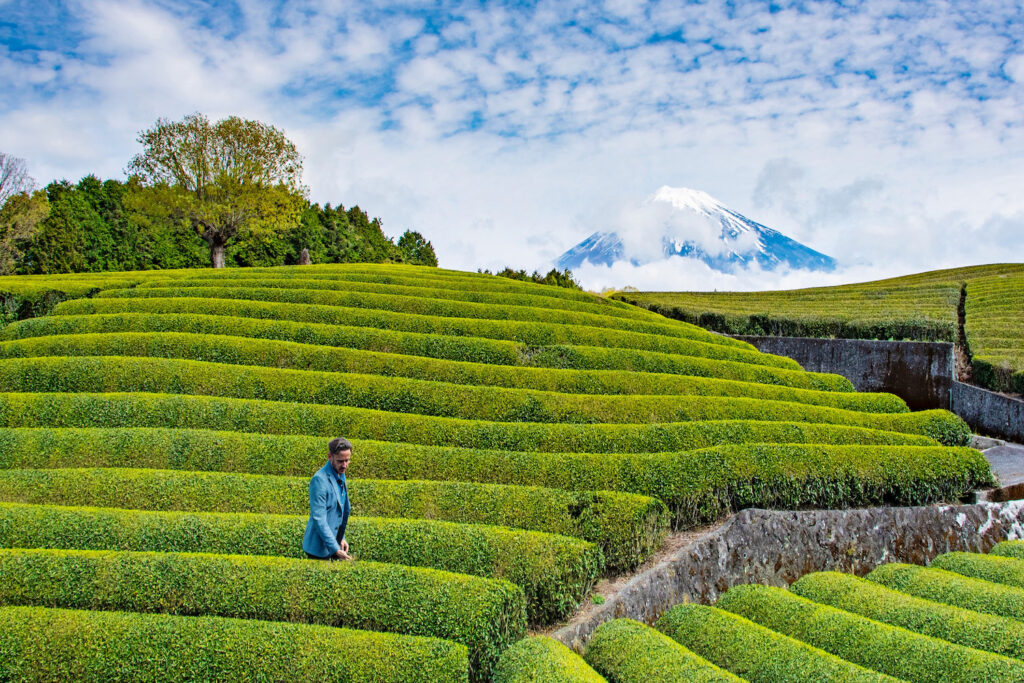
His Greatest Accomplishments
I have two. First, that I have been able to sustain myself without a “real job” for almost 15 years.
If you’d told me when I started this that I’d still be doing it at almost 40, I never would’ve believed you. When I left Shanghai, I fully assumed I’d go back to the US and get another job waiting tables.
Secondly, that I was able to make something of myself, and to make my family proud. While I know they would’ve loved me even if I was still a waiter, I like being able to relate to them (and, especially to my parents) more as a peer than a subordinate or a dependent.
I also feel happy that I am financially self-sufficient enough to be able to base myself in the same city where my family lives, but to travel basically as much as I was, all while having my own place.
What He Wishes He Knew When He Started
I wish I’d known that while networking and self-promotion are important, content is king and there’s no substitute for keeping your head down and working.
Quality speaks for itself. If I’d focused more on quality early on (it took me many years), I wouldn’t have had to waste so much time telling people who I was and what I did; it would’ve been self-evident.
His Main Mistake
This is not a mistake so much as a surrender.
Even with planes as fast as they are and the internet as ubiquitous as it is, you can’t be two places at once; you can’t have a close relationship with your family and friends (let alone a significant other) and be on the road 24/7/365.
If I had been able to deny my need to have a “normal life,” I would’ve been able to create an even more extraordinary life outside the bounds of normality; I think I could’ve grown my blog a lot more, made a lot more money and maybe even become quasi-famous.
I don’t regret this, mind you, but I do sometimes wonder what might’ve been, if I’d had a more stoic emotional constitution.
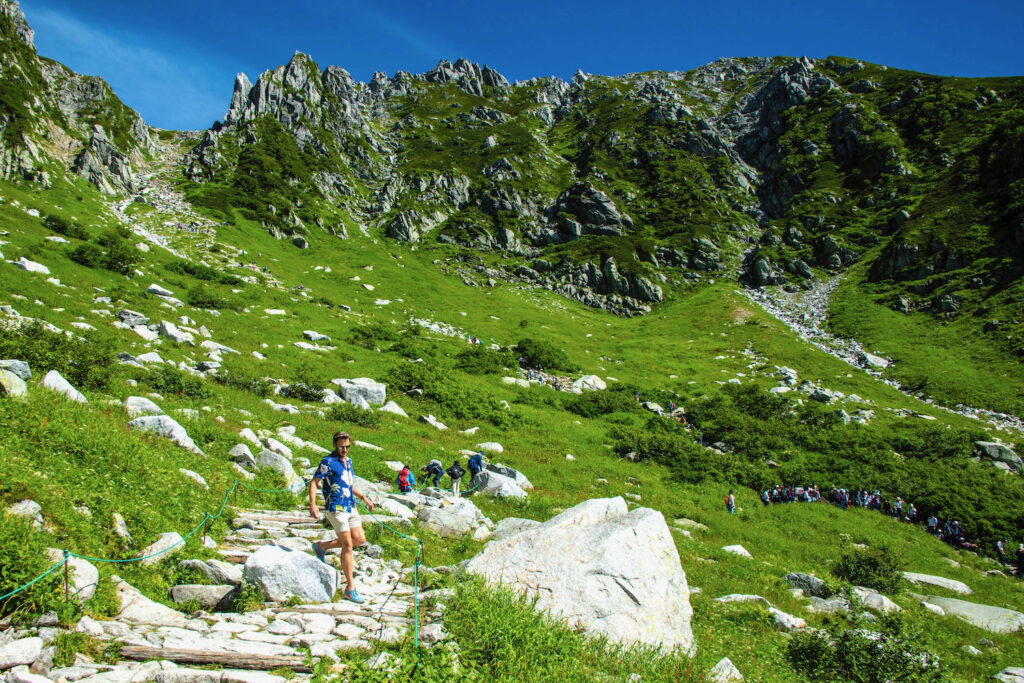
His Advice for Other Entrepreneurs
When I was traveling in Vietnam shortly after leaving Shanghai and long before I ever made a dollar from my blog, I saw a particularly poignant piece of graffiti scrawled on a concrete wall.
“Jump,” it said simply, “a net will appear.” This has proven true again and again for me; I imagine it will for you, too.
Discover more from reviewer4you.com
Subscribe to get the latest posts to your email.





